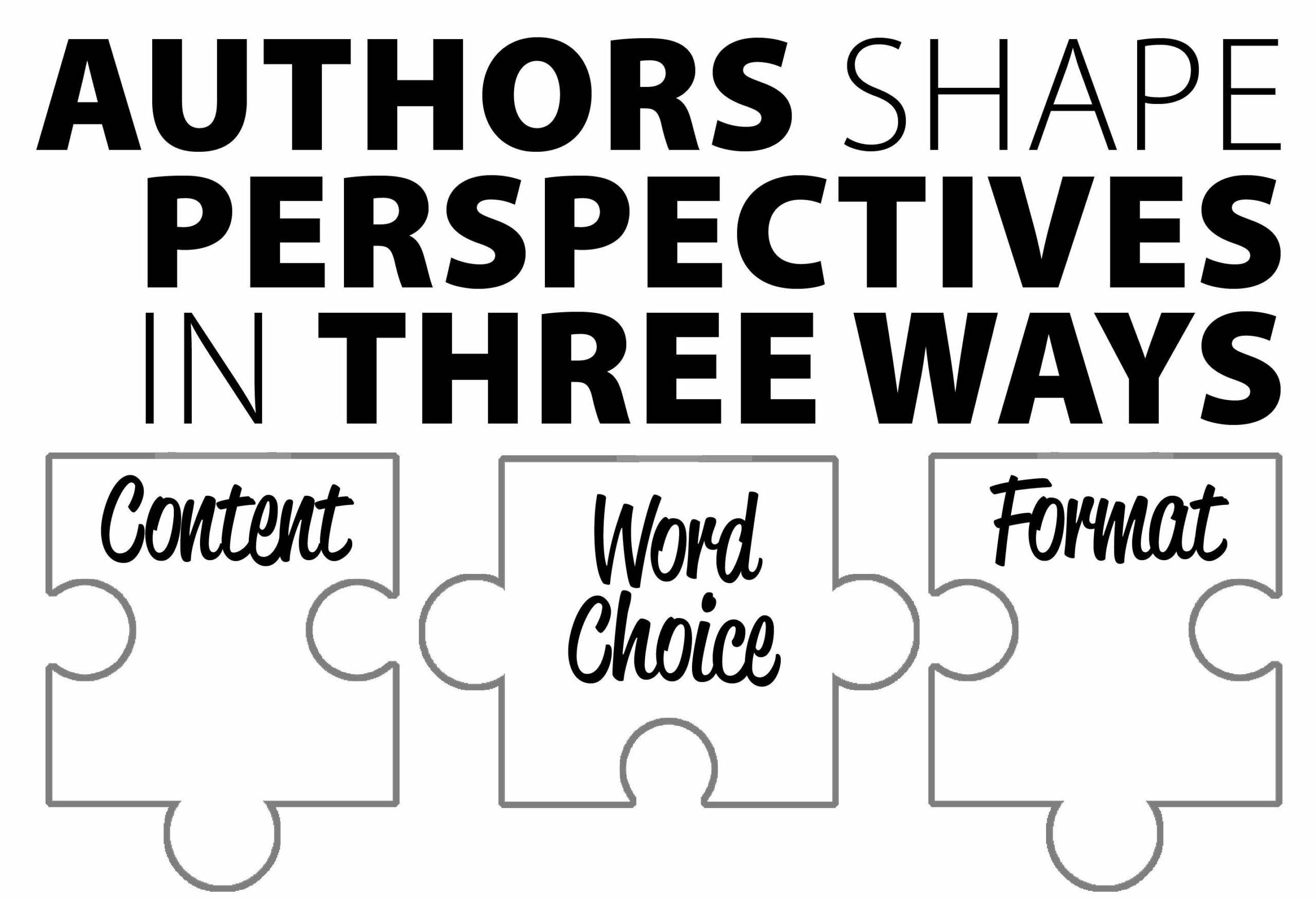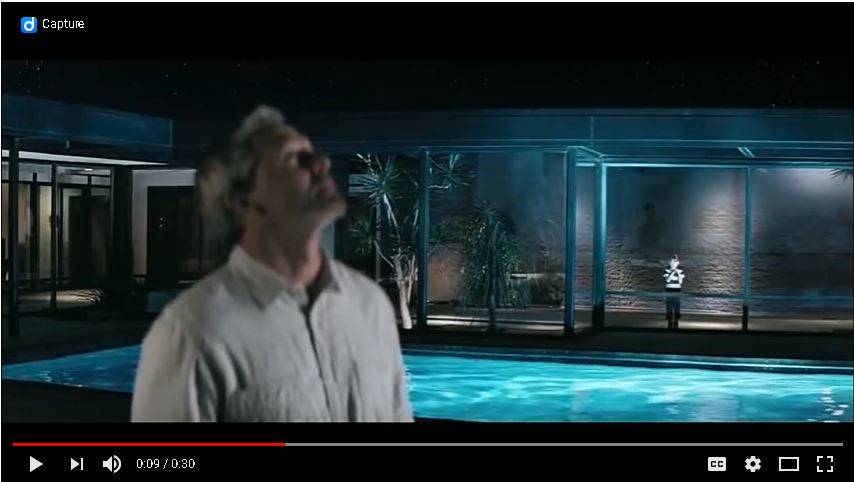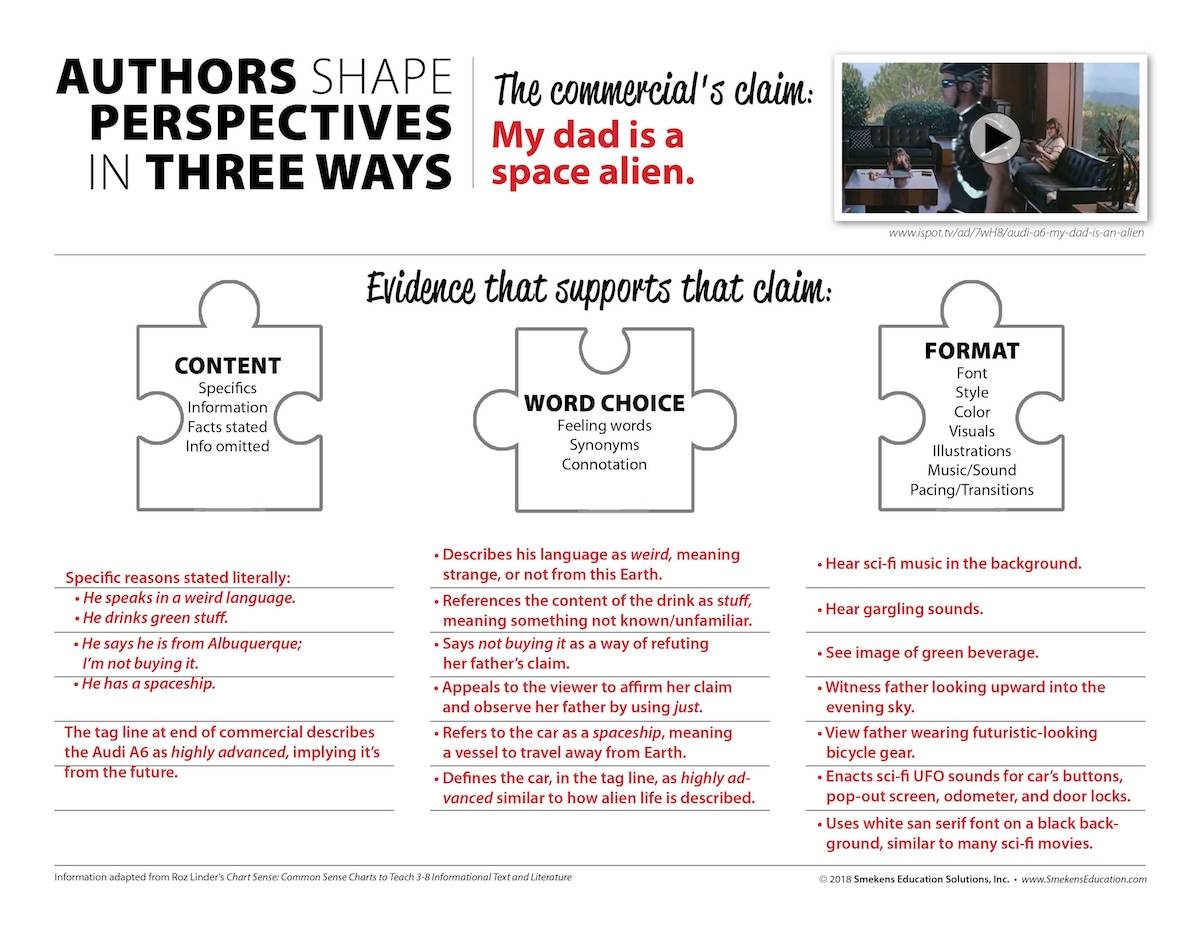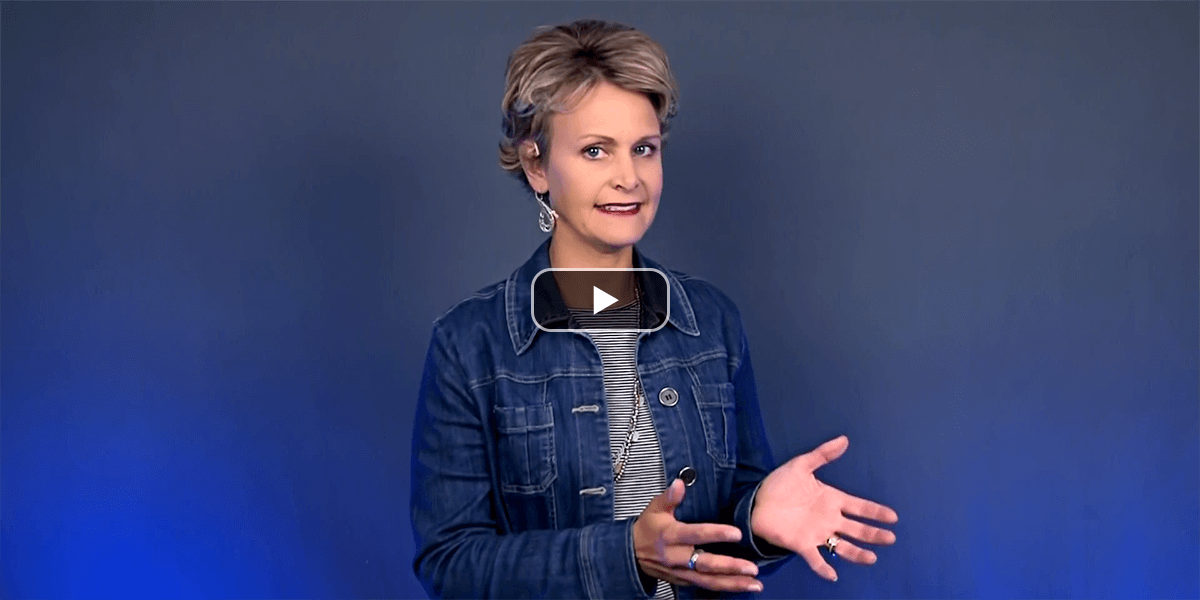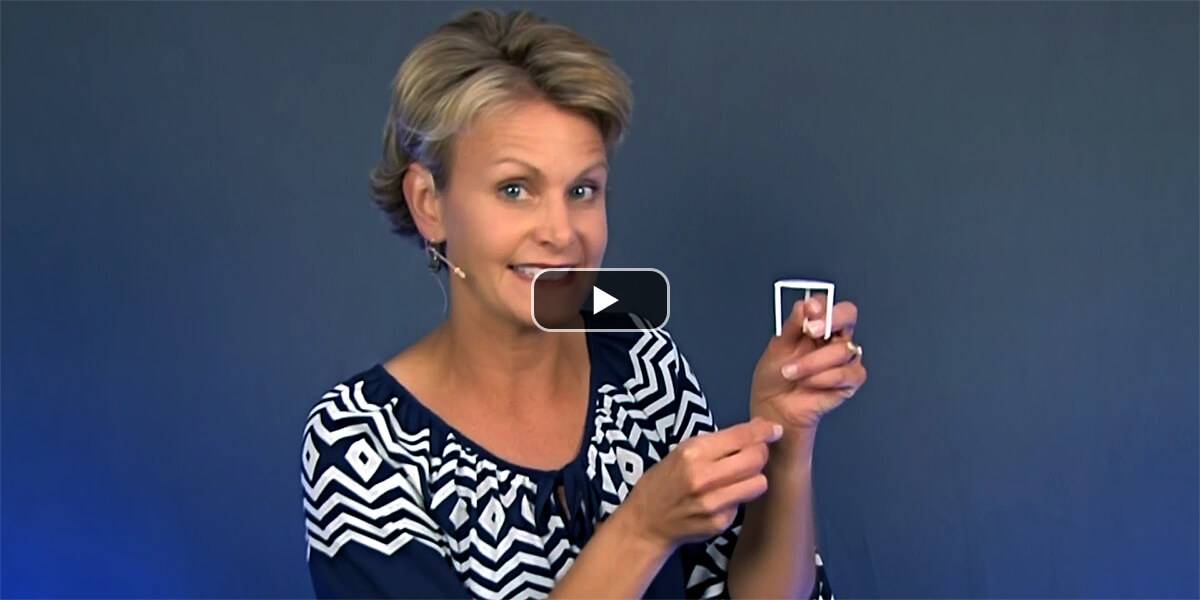Learning Center
Reading
Infer perspective with TV commercials
January 15, 2018
Commercials provide terrific content for assessing author perspective. An easy way to view lots of commercials in one place is to visit iSpot.tv. Within the “Browse TV ads” tab, scroll through the category listings on the left (e.g., Super Bowl, clothing, electronics, health and beauty, etc.) or search for a specific commercial. The site is free and allows the commercials to be shared or embedded.
When using commercials in this way, acknowledge that it’s obvious that most commercials entice the viewer to buy their products or services. But more specifically, students need to infer why. Answering these questions will help students to drill down to the specific claim of the company.
- What problems/situations does this product/service address?
- What is the company’s attitude/position on this issue, topic, or situation?
- How will this product/service make the owner/user feel?
- What are the advantages of this product/service over other brands?
- What are the potential consequences if I don’t buy this product/utilize this service?
Recognizing that the commercial is the text, teach students how to gather details to infer the claim/perspective. Commercials communicate their claims like any other author communicates his perspective–by utilizing three avenues of information. (Click image below for a blackline master.)
1. CONTENT:Note the specific content, facts, and information offered (by actors/spokespersons, in voiceovers, or in print across the screen) to support the claim.
2. WORD CHOICE: Analyze the choice of words that may indicate tone (e.g., specific feeling/emotion words, word connotations, etc.).
3. FORMAT: Pay attention to use of visuals, the transition between images, the font selection for text displayed, the use of color/lighting, music/sound, volume, etc.
A company’s claim/author’s perspective is shaped by the combination of these choices. (Download an example of collected details to support the claim made by this Audi commercial.)
Since commercials are short, “reading” the text requires little time. Therefore, this activity can be easily integrated in small doses.
After introducing the skill, modeling it, and practicing whole-class, designate one or more commercials to be viewed as part of morning work, bell work, or during a literacy station. Have the videos cued up or share the links so students can access them via their individual devices.


